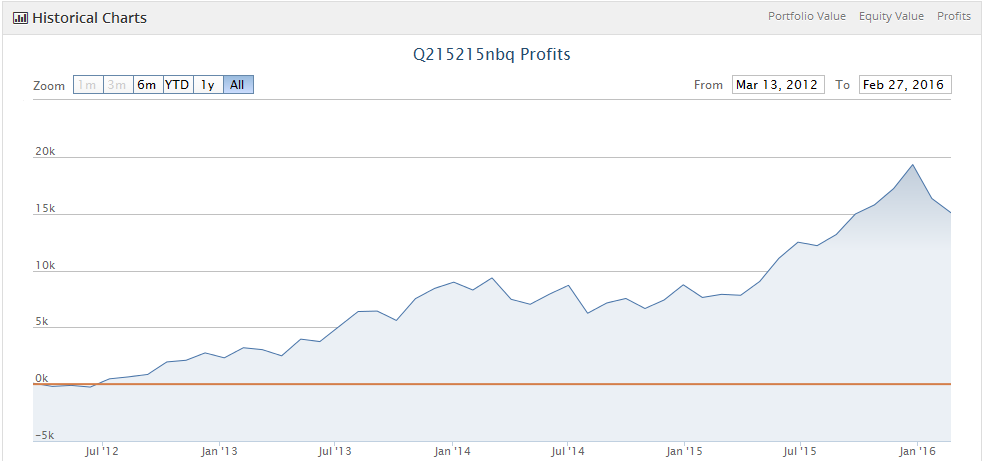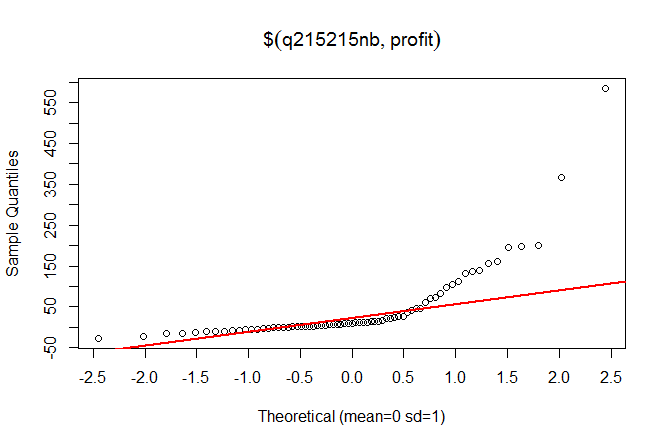Regardless of what the marketing departments at some major fund management firms might like you to think, the concept of ‘factor’ investing has been around for decades. The characteristics of Quality, Value and Momentum have long been credited as a source of some of the strongest returns in the stock market - it’s an open secret. But despite validatory evidence from academics and high profile investors who have successfully used these factors, most individual investors fail to do the same. Part of the problem is that despite making so much sense, there are strong behavioural and risk based reasons why many of us struggle to apply them properly.
To understand how and why Quality, Value and Momentum work so well together, it’s worth exploring some of the history of these factors. The case for buying good quality stocks that are undervalued dates back at least as far as Benjamin Graham’s 1934 book, Security Analysis. He’d witnessed at first hand the consequences of chasing stocks on stretched valuations and then watching them tumble as confidence evaporated in the 1929 crash. The young Graham nearly lost everything and so built a new Value philosophy that aimed to buy assets as cheaply as possible.
Fast forward nearly 80 years and Graham still has a following that boasts some of the most respected and successful investors around. The likes of Warren Buffett, Seth Klarman and a multitude of fund managers subscribe to the power of buying stocks when they’re underpriced. In turn, each of them applies different standards of Quality to the stocks they assess.

But while value investing has a rich heritage, most agree that it’s a strategy at odds with the behavioural preferences of most investors. Buying unloved, potentially broken businesses that no-one else wants is difficult to stomach and prone to periods of underperformance - even if they are good quality firms. Yet, with patience, Graham’s principles remain just as powerful as they ever were. Buffett observed precisely this in his now legendary paper, The Superinvestors of Graham-and-Doddsville. So while buying exciting growth shares might seem to be much more palatable, it’s nowhere near as profitable, if at all.
___________________________________________________________________________
Next, there’s the self-perpetuating nature of positive price Momentum. This has been a much more recent observation, and one that’s largely been driven by quants. Over the past 20 years, finance professors and hedge fund practitioners…












